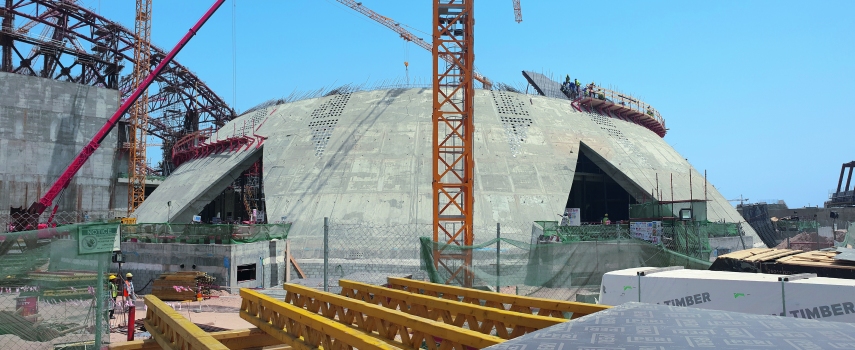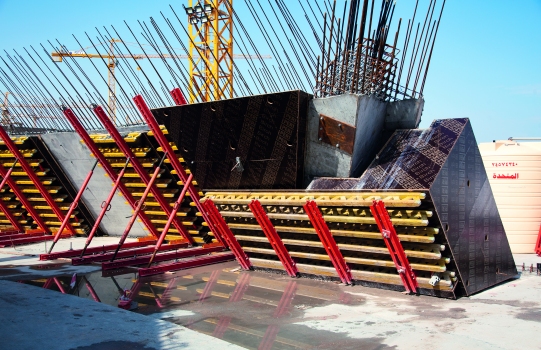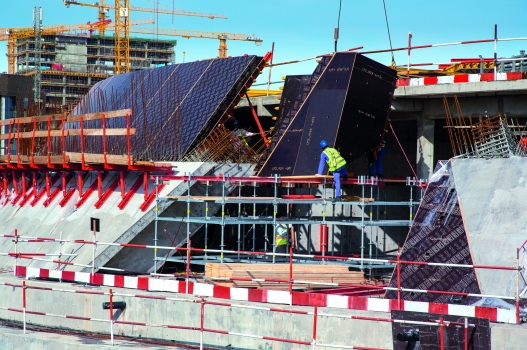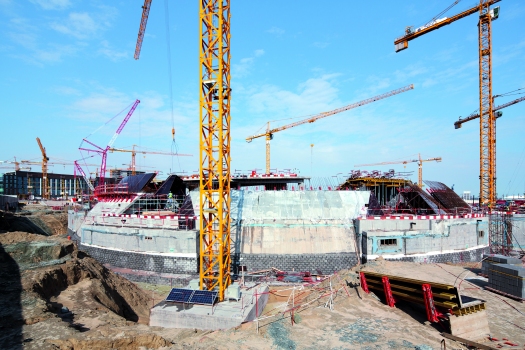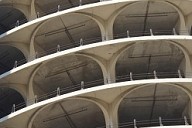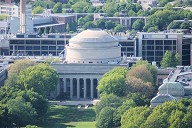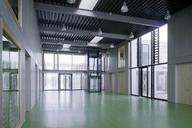Extraordinary light for Tennis in Kuwait
As part of the Kuwait University's Student Activities and Athletic Facilities Project in Al-Shadadiya, an indoor tennis centre is currently being realised. The training centre will provide athletes and students with an area of 7,100 square metres in order to carry out their daily training activities. In addition, the building also has three floors and space for around 2,000 spectators. Externally, the sports venue impresses with its dome-shaped roof in the style of traditional Islamic architecture.
Media
The Student Activities and Athletic Facilities Project (SAAF) is part of the new campus of the Kuwait University whose plans were developed back in 2004. Upon completion, the new campus will bring together all 16 faculties of the university and its 40,000 students at one central location on an area covering 600 hectares. Seven different colleges will be accommodated on the area – from the College of Art and College of Business through to the College of Architecture. Furthermore, students will have access to additional facilities such as the indoor tennis centre.
Refinement with Trencadis mosaics made of limestone
The façade of the 25 m high tennis centre was constructed using eight concreting heights. For the later refinement of the thin reinforced concrete slab with Trencadis mosaics made of limestone, triangular recesses were taken into consideration for the construction. The recesses have been positioned at different heights of up to 11 m and are filled with material that can accommodate up to 120 circular openings with respective diameters of 20 cm. These openings form a fine net that allows the natural sunlight to pass through the subsequently integrated glass blocks into the interior of the tennis centre. As a result, the sports venue with its diameter of over 80 m will be illuminated in a unique way.
Customised realisation of a very individual design
In order to fulfil the vision of the Skidmore, Owings and Merrill (SOM) firm of architects, Gulf Consultants, Kuwait University and construction company Societe d'Enterprise & de Gestion (SEG Qatar) put their trust in the experience of PERI engineers. They designed the 3D building models as well as 3D plans. For constructing the complex, curved reinforced concrete walls with differently sized box-outs along with varying wall thicknesses between 20 cm and 30 cm, customised 3D special formwork elements were used. In the process, the statically load-bearing elements were based on a girder wall formwork.
Logistical challenges
Logistical challenges faced by the contractor included the tight space conditions, limited availability of crane times as well as timing difficulties regarding management of other work activities such as the installation of the spectator precast seating’s. As the shape of the curved walls repeated itself horizontally within a concreting height, it was possible to utilise the special formwork elements multiple times. This meant that it has been possible to use the same formwork elements up to four times with each concreting operation.
For the efficient realisation of the building´s shape with its demanding architectural requirements, the formwork and shoring solutions were perfectly matched to each other. Through the continuous system grid of 25 cm or 50 cm as well as the possibility of combining with steel walers, the modular scaffolding system in the form of a load-bearing structure could be optimally adapted to accommodate the different geometries and loads of the free-form formwork. The shoring system was also used as a safe and stable working platform for the construction team.
References
Structure Types
- About this
data sheet - Product-ID
7649 - Published on:
07/10/2019 - Last updated on:
07/10/2019

